
The following contains spoilers for episode seven of WandaVision.
For Marvel Cinematic Universe fans who have been waiting for answers, the seventh episode of WandaVision delivers. The episode also delivers a cliffhanger to keep fans coming back for more, of course. Along with the beginning of the answer to the question of what's going on in Westview are a smattering of Easter eggs.
Most of the Easter eggs in this particular episode, titled "Breaking The Fourth Wall," are nods to comic book items. Some of them, however, provide callbacks to moments in the larger MCU. There are also, as usual, plenty of nods to the sitcoms that inspire the style of the episode, with one specifically providing most of that inspiration.
RELATED: WandaVision: Wanda Has Always Been An Anti-Hero
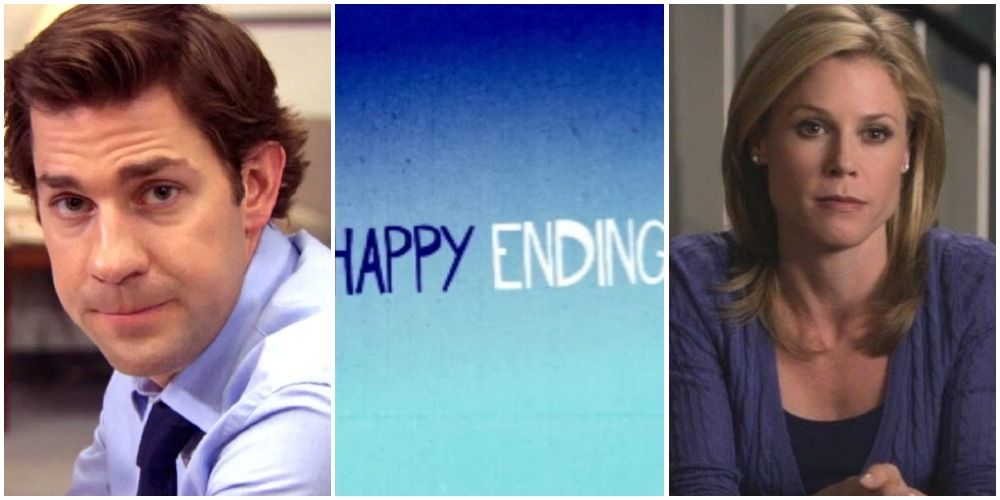
Fans of modern sitcoms will recognize a lot of the nods to recent television. Episode seven takes on the late 2000s and early 2010s with nods to Modern Family, The Office, and Happy Endings.
While Happy Endings wouldn't be classified as a "family sitcom" like so many of the earlier inspirations, it provides a blueprint for the opening credits, though the music will likely call to mind The Office. The Office also sees nods in Vision staring directly at the camera and not saying a word as well as walking away from an interview for the documentary-style shooting of WandaVision.
The bulk of the obvious nods, however, are to Modern Family. The final title card of the credits is in the same style as Modern Family. Wanda's look in this episode is also clearly inspired by Claire Dunphy (Julie Bowen) during one of her more frazzled storylines. Elizabeth Olsen even nails some of Bowen's mannerisms from her time playing Claire in her performance.
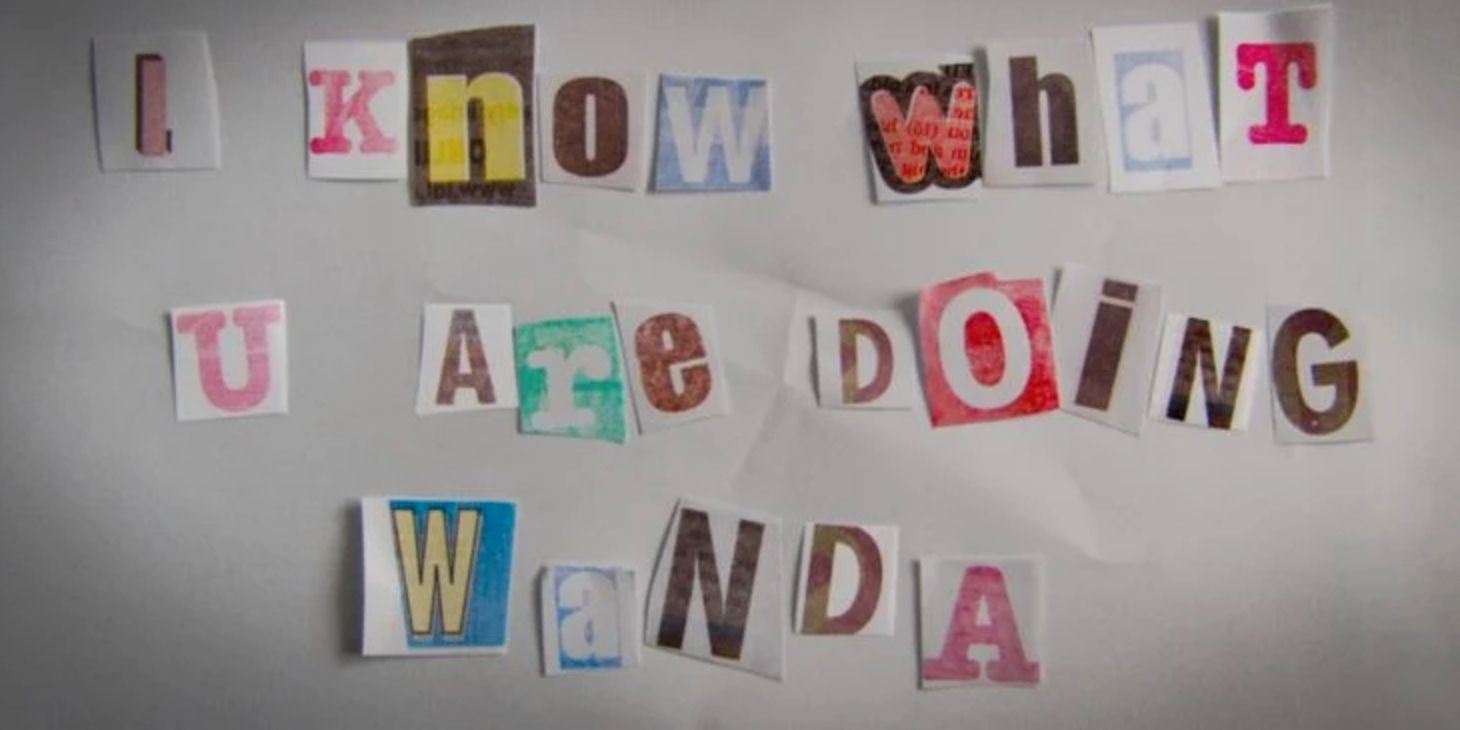
It's not just the style of the opening credits that is significant. There are a few nods for fans to catch as well. One is the heart drawn around the tenth on the calendar, which is a nod to the first episode of the series as Wanda and Vision try to figure out the significance of the date.
Eagle-eyed fans will also notice the credits give an indication that Wanda isn't the person in control of everything as messages appear from someone who knows what she's doing. They even appear in cut-out magazine letters, a typical sign that someone doesn't want their identity revealed.
The license plate in the opening credits has a significant number on it. "122822" appears along the top. That can be transcribed as December 28, 1922. Comic book legend Stan Lee was born on that date. Perhaps this is WandaVision's version of a cameo for him.
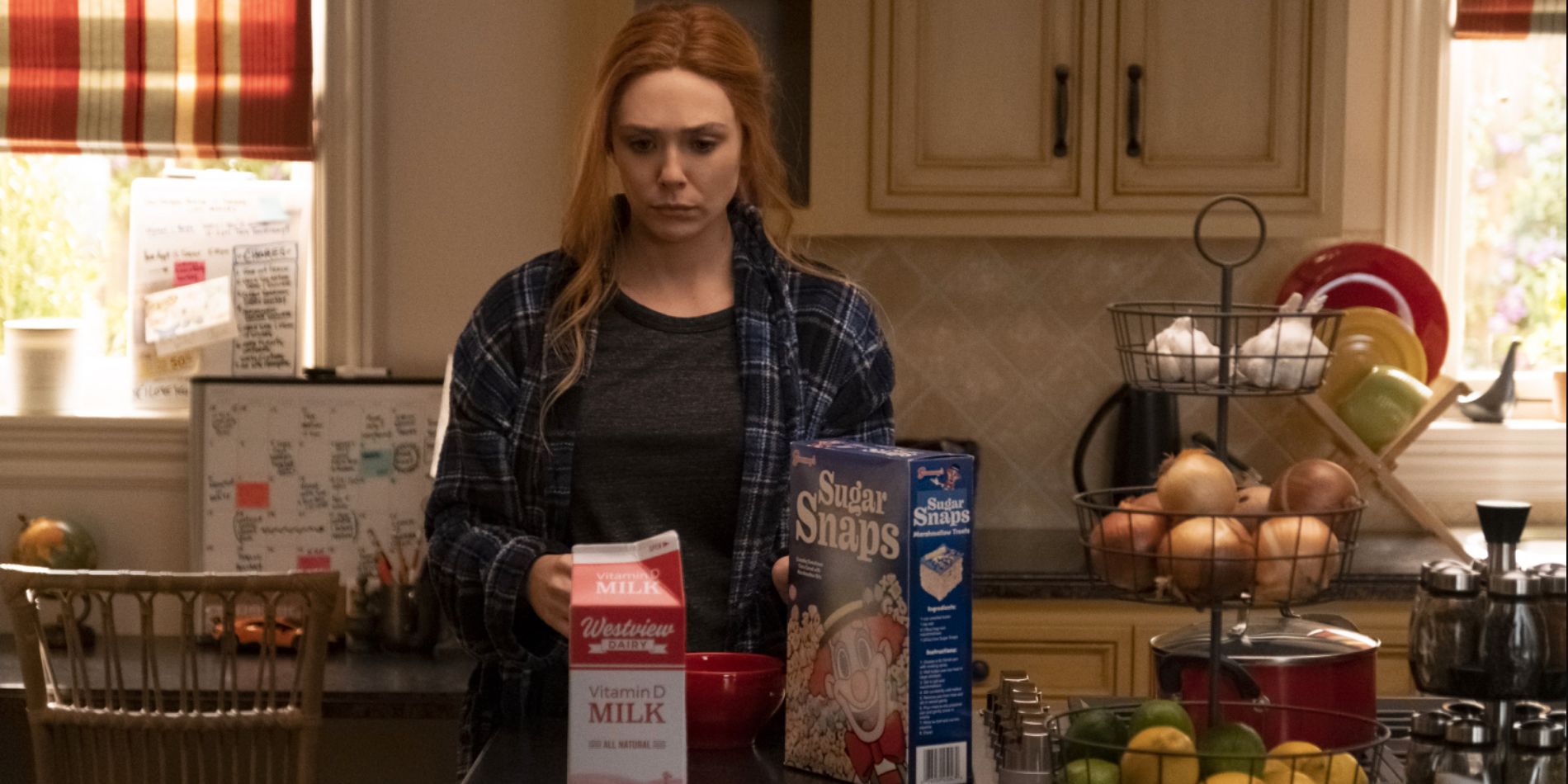
In a lot of television series, brands aren't easily visible on food packaging unless the director wants them to be. Product placement can be a difficult line to walk. Luckily, the easy-to-see breakfast cereal of choice for Wanda is not a real one, so fans can see the fake brand of "Sugar Snaps" when Wanda gets a bowl.
Fans might think this is a nod to the "snap, crackle, and pop" line associated with a real-life brand, but it's more than that. The name given to Thanos wiping out half of the universe, both in the MCU and by the audience, is The Snap (not to be confused with The Blip, which is the five years people are gone). Wanda's cereal is likely a nod to that very event as the box doesn't change when her powers appear to be on the fritz, but her milk does.
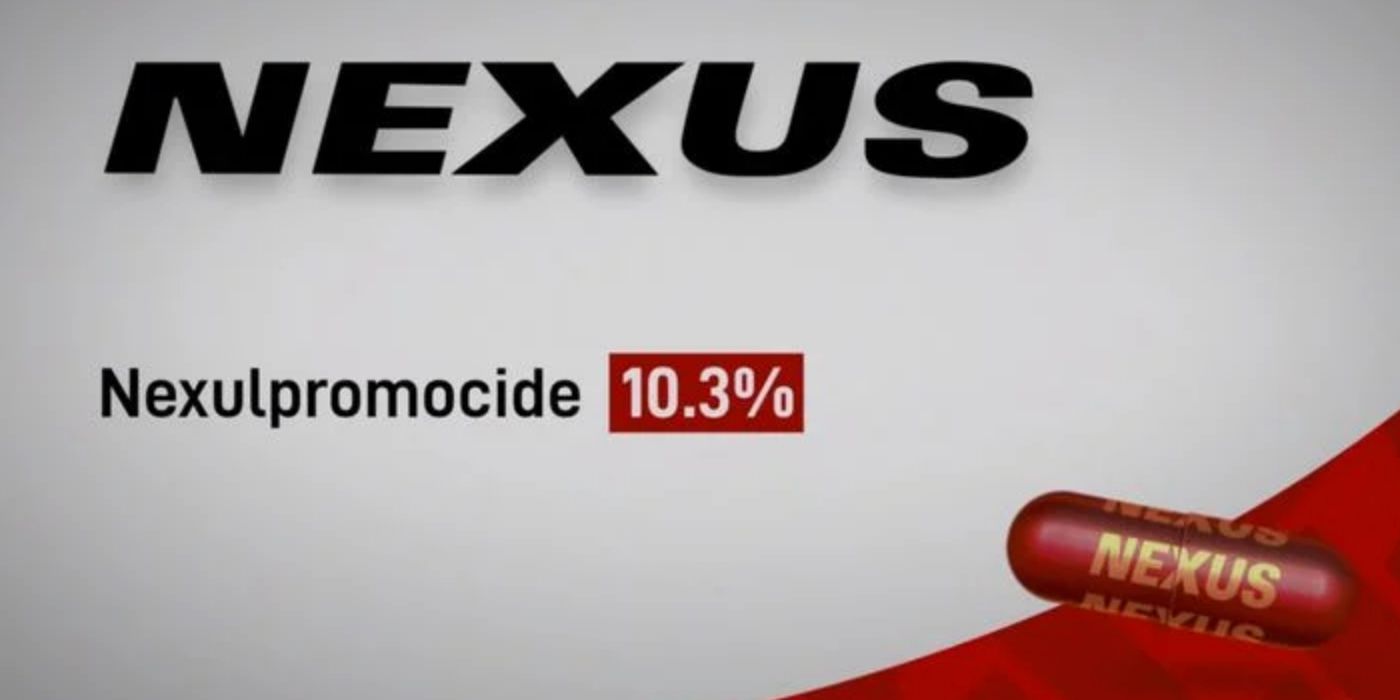
The WandaVision commercials get a little stranger every week. Last week's was a magical yogurt that couldn't save someone. This week is an antidepressant known as Nexus. "Nexus" will be a buzzword for comic book fans. In Marvel comics, there are two significant uses of Nexus, and it's possible that the show deals with both.
One is the Nexus Of All Realities. Created by a magic spell, this location is actually a tree that occurs in the middle of the Everglades in Florida. The comic book character Man-Thing spends his time guarding it. It acts as a gateway to literally anywhere. With the MCU opening up to the multiverse, and Agnes' basement appearing to have roots running through the walls, it seems like the right nod.
Nexus beings, however, also exist in Marvel comics. These are beings with a very specific power set: they can alter the future. In the comics, Scarlet Witch is one such being with her power over probability. These beings are closely monitored by the Time Variance Authority to make sure timelines remain intact. That very organization will be making an appearance in the upcoming Loki series.
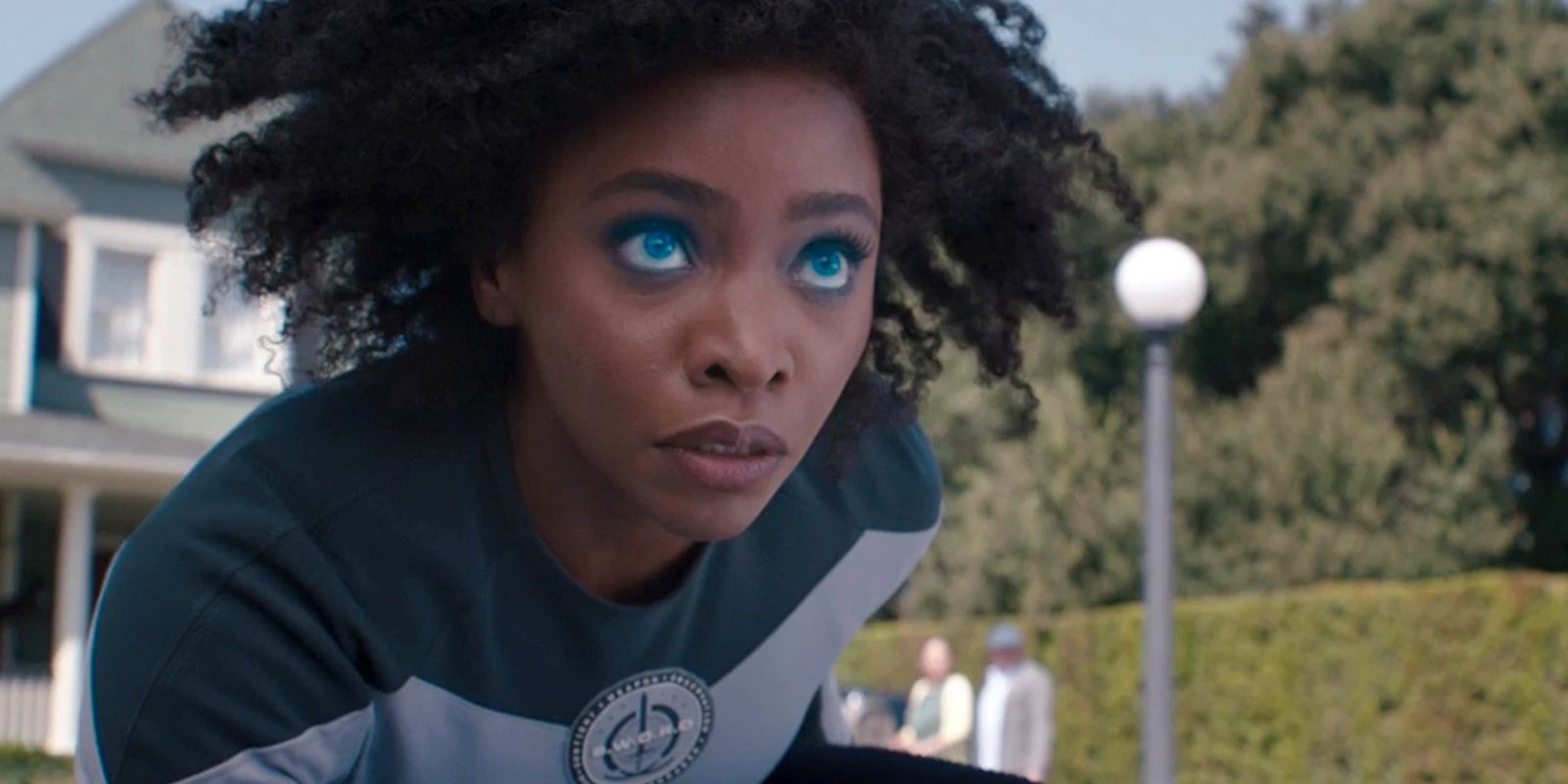
Just as Darcy Lewis predicted, Monica Rambeau is a changed woman after traveling into The Hex again. The change comes with a lot of references.
Not only does Monica hear dialogue from Captain Marvel again, but the voices she hears are significant - her mother, Nick Fury, and Carol Danvers. It's not until Monica hears Carol's voice that she's able to push through The Hex, which is either a nod to her admiring the hero, or the grudge she seemingly has against her. She even comes through into a "superhero landing" as Deadpool pointed out to audiences in his movie, a pose she repeats later in the episode.
Monica's vision, seeing light and energy differently than the average human, is a nod to her comic book powers of being able to manipulate energy. So is her SWORD uniform. It's very much in the style of her Spectrum superhero costume.
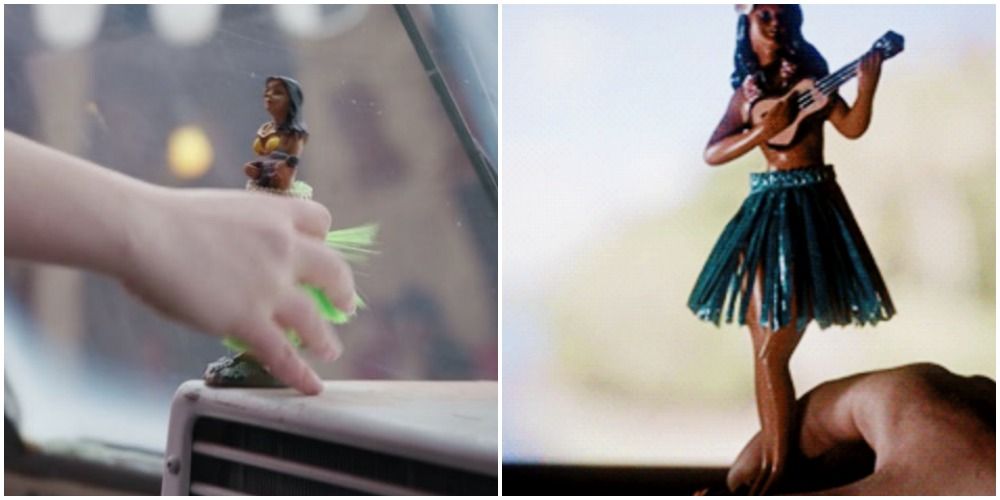
Darcy is separated from Monica and Jimmy this week as she's part of the SWORD "circus" in The Hex. She's labeled as the escape artist for the circus, which is a nice nod to her being handcuffed to a car when The Hex took her in. Darcy mostly explains things to Vision as she drives him through Westview, but there is an interesting nod when they begin their trip.
The key to the funnel cake truck hides in a hula girl on the dashboard. That choice could be a coincidence, but it could also be a nod to Agents Of SHIELD. When Daisy Johnson joined the team, her beloved van featured a hula girl on the dashboard, one she took with her even when she made her way into outer space. Her father also had one.
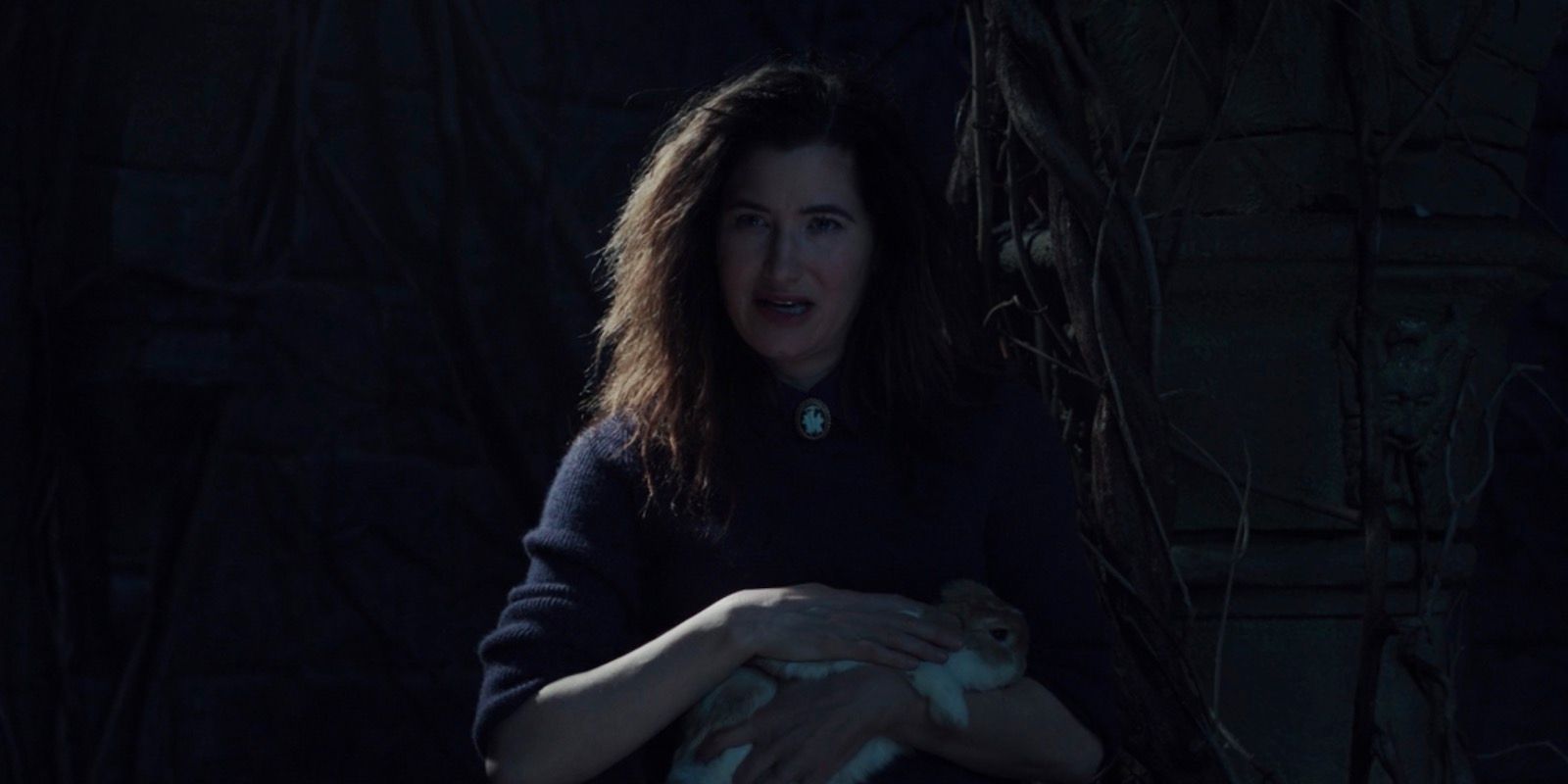
The most prevalent fan theory about WandaVision is that Agnes is really Agatha Harkness. Fans finally get confirmation that they're correct as she truly reveals herself to Wanda, complete with her ever-present brooch.
Agatha's own personal theme song takes the audience on a walk down memory lane. She reveals how she influenced events in other episodes. The sequence is a nod to The Munsters, complete with a dripping font used for her title card. (The exterior shot to her home is also the same one used for Bewitched in a nod to another supernatural sitcom.) Her sequence also drives the point home that Agatha's signature color is purple - from her use of magic to her clothing. Her clothing before she first transforms into sitcom-style is even reminiscent of her gown and shawl in the comics.
What's interesting here is that Agatha is present just when Billy and Tommy vanish. Either she's got something sinister up her sleeve, or it's a nod to her comic book connection to them. In the comics, Agatha helps Wanda bring them to life, but she does it with a piece of the villain Mephisto's soul. She's also present when the twins vanish then - and she's responsible for taking Wanda's memory of them.
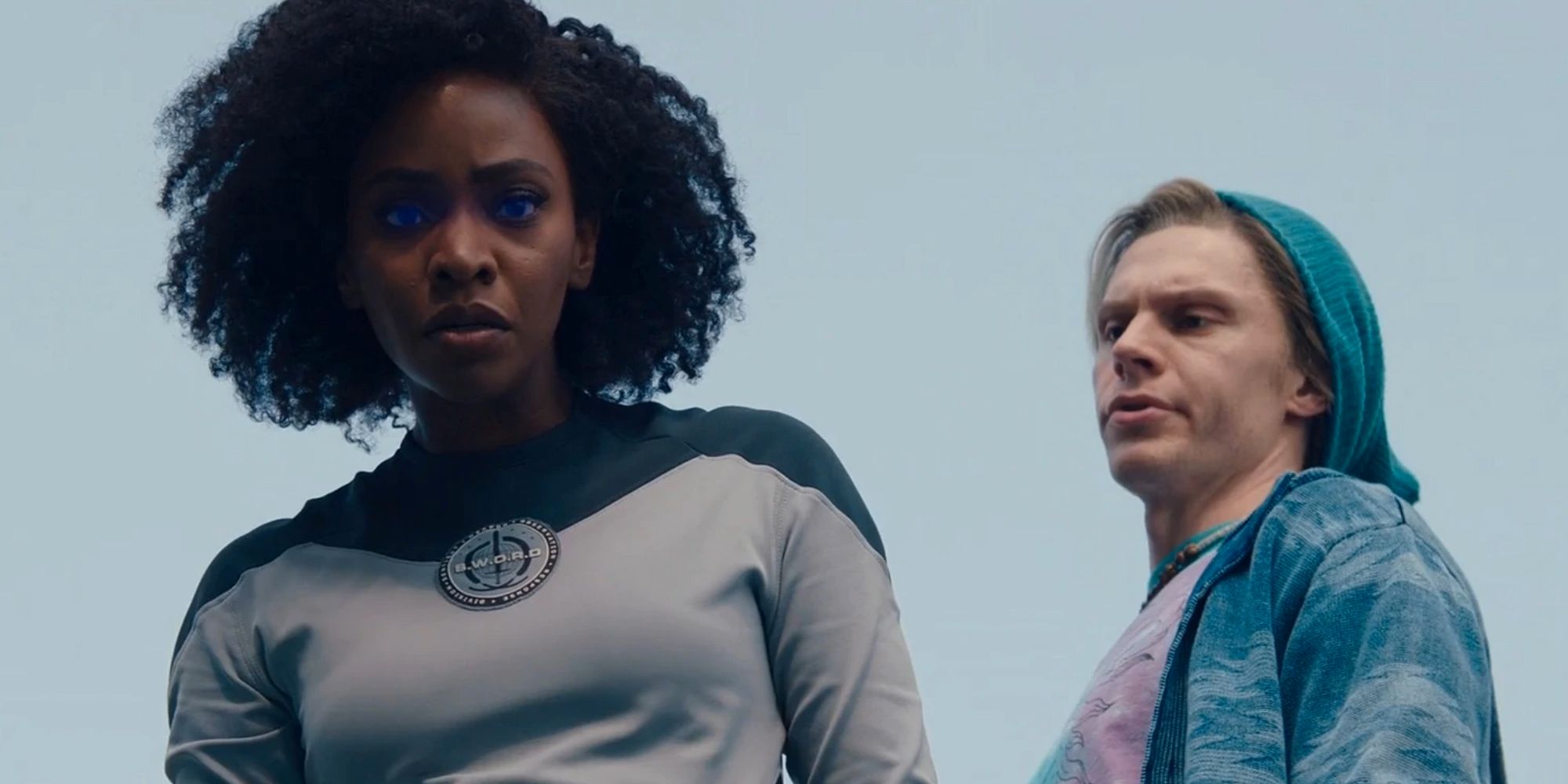
WandaVision delivers a mid-credits scene to viewers this week. Not only does it reveal that Pietro is likely not Pietro, but someone under Agatha's control, but it also marks a turning point for the series. With the inclusion of the scene, the show is now firmly in traditional MCU territory instead of the fabricated sitcom world. With a potential villain that isn't a manifestation of Wanda's grief and extra content in the credits, the series feels even more like a Marvel movie.
MORE: WandaVision Episode 5: Who Is The 'Aerospace Engineer' That Monica Knows?

